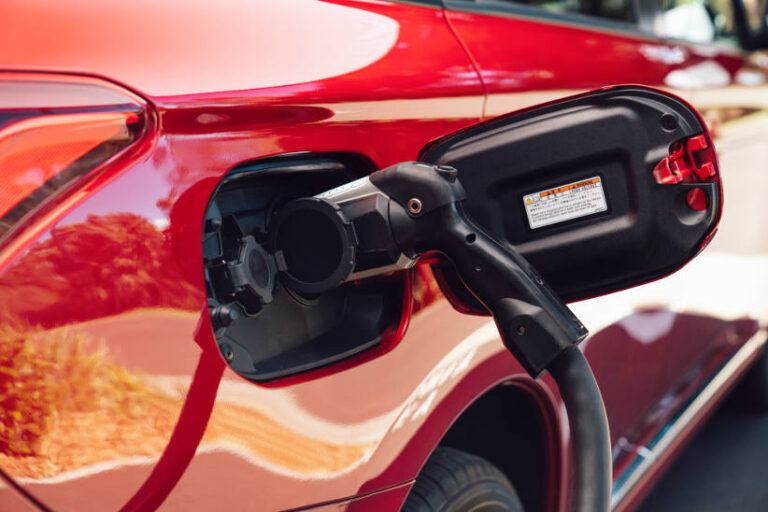The Electric Vehicle Council has launched a how-to guide for local governments looking to transition their fleets to electric vehicles.
The Electric Vehicle Council has identified that a lack of knowledge about electric vehicles, total cost of ownership, and charging infrastructure is limiting local governments’ support for electric vehicles. The purpose of the how-to guide is to provide local governments with an understanding of the policies and projects which support a transition to electric vehicles.
The how-to-guide identifies for local governments a range of policy options such as charging networks, charging strategies and development control plans for electric vehicles. Electric Vehicle Council chief executive Behyad Jafari said the guide would aim to bridge the knowledge gap so local governments could capture the benefits of transitioning to electric vehicles.
“We know decision makers in local government are interested in exploring the many benefits of switching to electric vehicles, but many are put off by not knowing where to start,” Mr Jafari said.
“This new guide steps through what’s required and how to ensure the switch works for local government. Local governments across Australia are already implementing policies to encourage the use of electric vehicles, at a fleet, community, and consumer level. Local government is leading the way and showing state and federal governments how it should be done, which is reflected in a number of case studies highlighted in the how-to-guide.”
“Our guide includes a bunch of great real-world case studies. Those cases studies include the innovative Waverley, Woollahra, Randwick tri-Council Public EV charging network, and the Hornsby Shire Council policy to allow more EV chargers on public land.”
Mr Jafari said the how-to guide would better equip local governments to step in to fill the gaps left by federal and state governments.
“While the federal government and state governments have been slow to increase EV infrastructure, local governments have delivered and can deliver much more. They will now be in a better position to continue to do so with the release of our guide,” Mr Jafari said.
“COVID 19 has highlighted the importance of local government decision making and in turn has highlighted to residents the power they have in using their own voice to bring about effective change.
“With working from home now more of a norm, people are becoming more active within their local communities, and are increasingly vocal in calling for local government to take action in delivering cleaner roads and more efficient transportation.
“Local governments understand a transition to clean energy is the only way to future proof our communities.”






